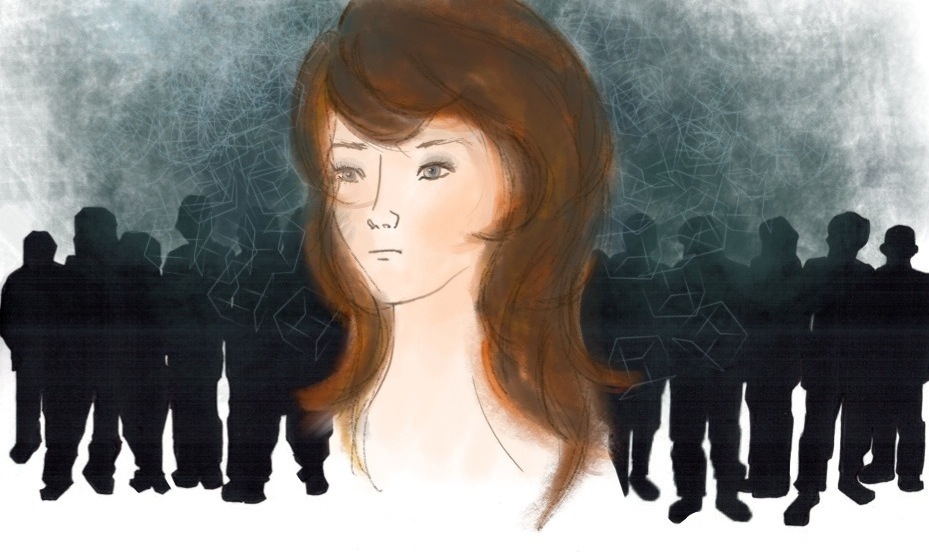At rush hour on the TTC, people do what they have to do to get onto a packed subway train, shoving past others to secure their spot in the crowd of commuters. The hustle and bustle of the city provokes stress and aggression in the minds of Torontonians. The violence that stems from aggression can sometimes be mitigated by societal influences, which suppress the desire to shove a fellow Torontonian down the stairs in favour of a mumbled curse word. When societal influences fail to diminish rage, however, the result can be an outright violent act towards others, as demonstrated in the recent Nuit Blanche stabbings — the good spirit of a united community was tarnished, and the night’s beauty decayed quickly.
Aggression and violence in humans is best demonstrated by the role that war has played in the evolution of our species — a common theme studied in anthropology and evolutionary biology. The impact of war on human evolution is interpreted differently among scientists. A piece in New Scientist in November 2008 praises war for increasing the level of cooperation required among allies, which implies that war has played an essential part in humanity’s development. According to this view, aggression and violence are adaptive — they were needed at some point in our development, and likely always will be.
Critics have complained that these interpretations will become self-fulfilling prophecies — predictions that come true because they implicitly alter one’s behaviours — if society takes them to heart.
Conversely, some have suggested that peacekeeping was and is adaptive. The thought of lessening our collective tendency towards violence by just thinking about doing so is the subject of peace psychology. This is a relatively new field that, according to social psychologist Dr. Bernhard Leidner, aims to use psychology as a normative force to “…mitigate violence and war and promote nonviolence and peace.”
Anthropologists also adopt a peacekeeping-oriented approach to the study of conflict. A recent paper in Science studies three modern and distinct “peace systems,” each of which has six features that are hypothesized to be necessary to create and maintain inter-societal peace. These features completely leave violence behind, and instead implement the belief that a society of peace is what is necessary.
Peace psychologists and evolutionary biologists won’t have an immediate impact on the frequency of violent actions that take place worldwide, and these papers certainly won’t bring down Toronto’s disheartening crime statistics right away. Nevertheless, they do suggest a new way of looking at violence that suggests a more hopeful future. Maybe just thinking about our society as a peaceful place could impart thoughts of peace and goodwill. So when someone bumps into you during rush hour on the TTC, maybe you will understand that they are late for that job interview that they have been waiting weeks for, and just maybe, you will calmly let them ahead of you instead of shoving them to the side.
— With files from The New York Times, New Scientist, sciencemag.org., Leidner, Tropp, et al.
